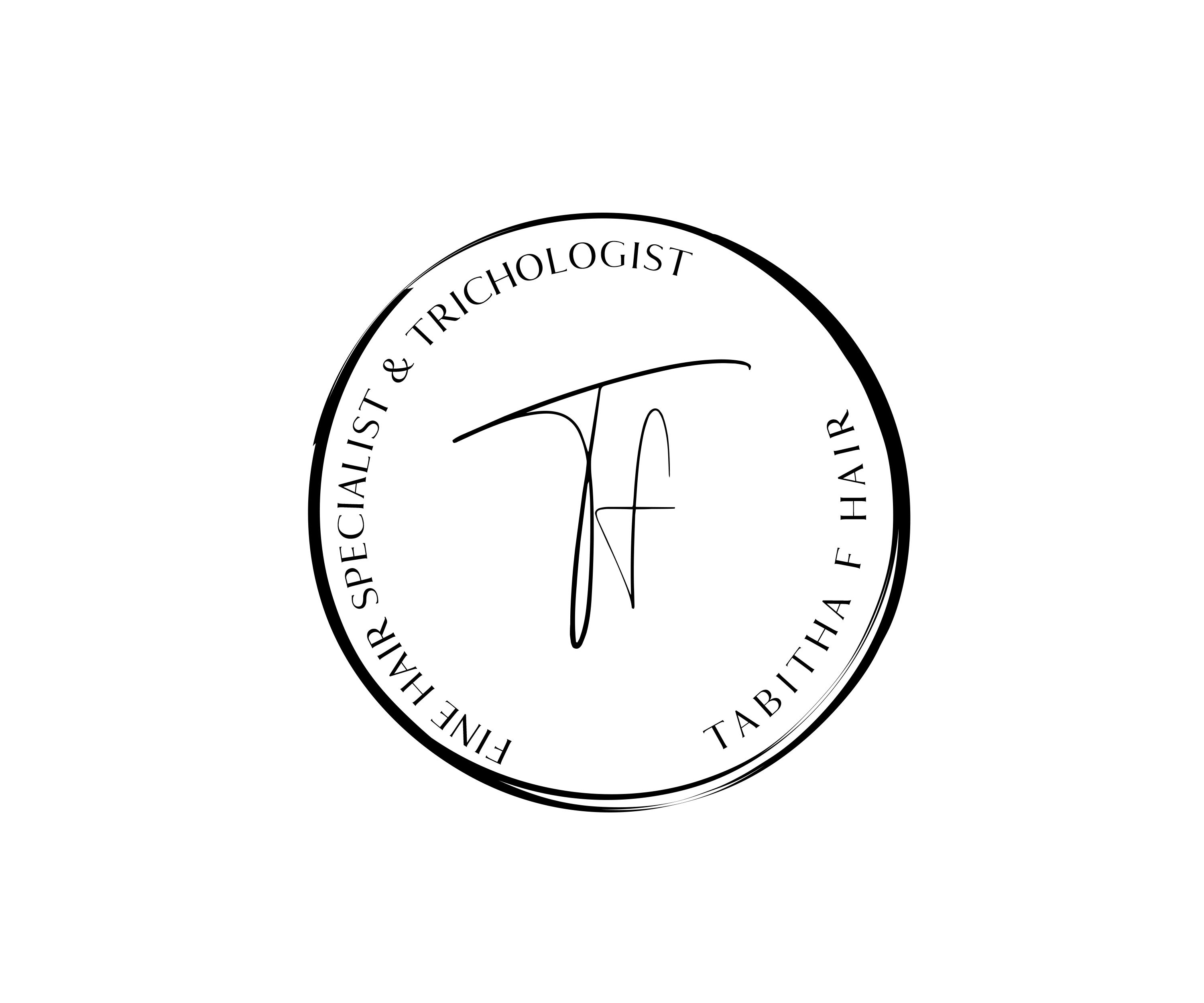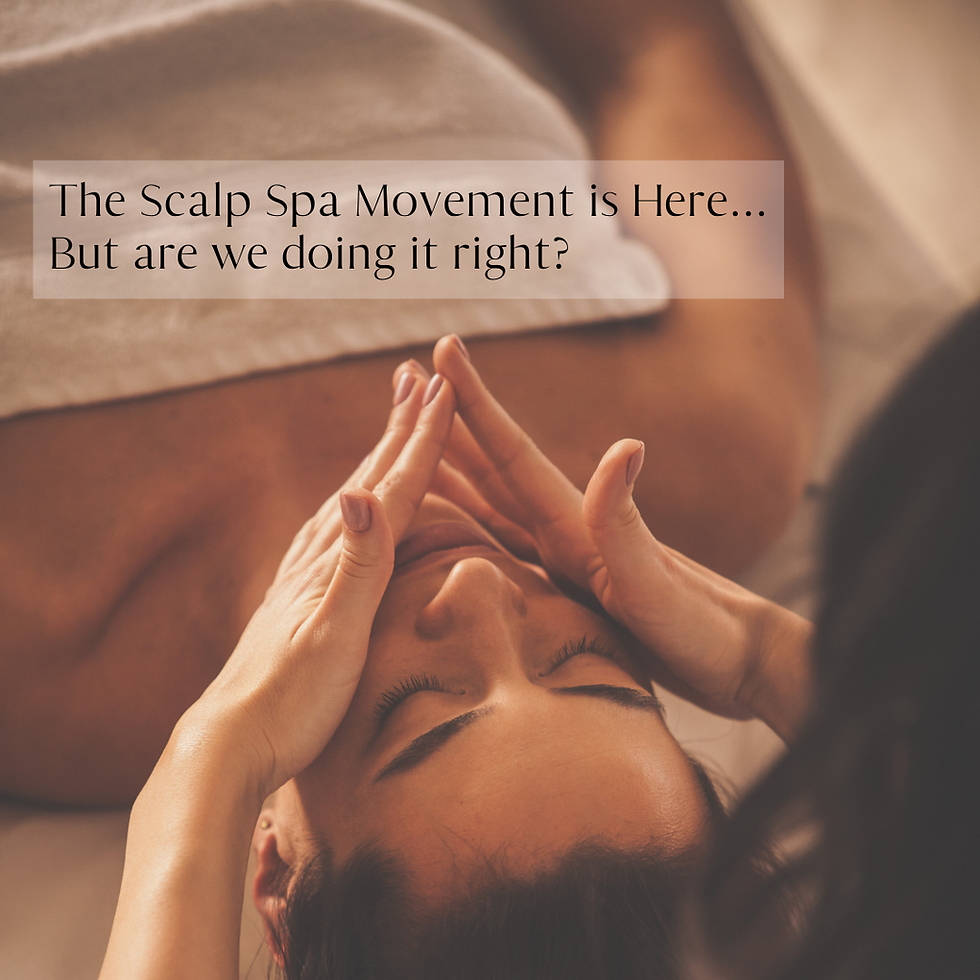How Professionals Learn to Address Hair Loss
- Tabitha Fredrichs

- Jul 1
- 3 min read

Let’s be honest—if you’re behind the chair, you’ve had clients whisper, “Do you see a lot of this?” while pointing to their thinning hairline or the extra strands on their shirt. Hair loss isn’t a rare issue anymore. It’s everywhere. And as stylists, we are often the first to see the early signs.
But here’s the thing: most stylists don’t feel confident talking about hair loss because they’ve never been trained in it. That’s where things are shifting—and if you want to stay ahead in this industry, it’s time to start learning.
Why Hair Loss Training Matters for Stylists
Hair loss can be caused by hormones, stress, nutrient deficiencies, medication, autoimmune conditions, or even tight hairstyles. And not all hair loss looks the same.
You’ve got:
Androgenetic Alopecia – slow, patterned thinning
Telogen Effluvium – sudden, diffuse shedding
Alopecia Areata – patchy bald spots
Scalp Inflammation – flakes, itch, buildup, irritation
And that’s just scratching the surface. When you understand what you’re looking at—especially using tools like a dermascope—you stop guessing and start creating a clear action plan for your clients. That’s what makes you the go-to expert in your salon (and community).
What’s Actually Working for Hair Loss Right Now?
We’re past the days of just recommending biotin and hoping for the best. There are science-backed tools and treatments that actually support real hair regrowth:
Growth Factors and Peptides – stimulate the follicle and help repair damage. These are a great natural approach with no side effects.
Topical Minoxidil – FDA-approved and widely used for AGA
Low-Level Laser Therapy (LLLT) – boosts blood flow and follicle energy
TED Treatments– 98% effective growth factors to jumpstart growth
Hair Transplants – modern techniques like FUE are natural-looking and precise
Scalp Micropigmentation - Basically a realistic scalp tattoo.
Knowing when and why to recommend each option is what separates a stylist from a certified hair loss specialist.
Hair Loss Is Emotional. And You’re in a Position to Help.
This is about more than just hair—it’s about self-esteem. Hair loss can bring up shame, fear, and frustration. When you’re trained and can calmly say, “I know what’s going on here, and I can help,” you create trust, hope, and transformation.
That’s what brings in the referrals. That’s what gets people driving hours to your chair. And that’s why this isn’t just a new service—it’s a whole new layer of purpose in your career.
You Can Build a Whole Business Around This
Offering scalp consultations, hair loss services, or custom treatment plans sets you apart in a crowded industry. And you can charge premium pricing for it—because you're offering expertise and results.
Think about this:
Your Instagram becomes a place of before-and-afters and education
You’re hosting mini workshops in your salon
Clients are buying treatment plans and products you stand behind
And your retention goes through the roof because they trust you with their most vulnerable concern
This is the future. And people are looking for stylists who understand it.
The Bottom Line
Hair loss training is the next step in your evolution as a stylist. It’s not just about hair—it’s about health, confidence, and real connection. You don’t need to become a dermatologist, but you do need to know more than your color formulas.
If you’re ready to stop guessing and start actually helping—this is your sign. Your clients are already asking. Now it’s time to answer with clarity, science, and confidence. Join TrichoEDU





Comments